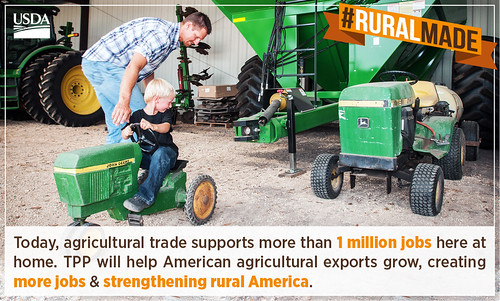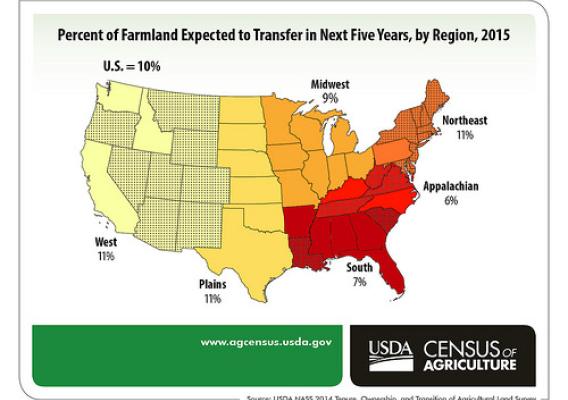USDA scientists work 365 days to provide safe and sustainable food, water, and natural resources in the face of a changing climate and uncertain energy sources. To recognize the contribution that agricultural science and research makes in our daily lives, this week’s “Banner Year” series features stories from 2015 that show the successes that USDA science and statistical agencies made for us all.
Strengthening education is crucial to the future of agriculture. To ensure that citizens are aware of farming’s impact on the economy and society, school curricula must emphasize the interconnected role of farming, food, and fiber production with environmental quality. Funding includes programs targeting minority-serving universities, including the 1890 and 1994 land-grant institutions as well as Hispanic-serving institutions. The following blogs illustrate the portfolio of USDA’s National Institute of Food and Agriculture (NIFA) grants that help educational institutions address shortfalls in curricula design, material development, instruction delivery systems, student experiential learning opportunities, scientific instrumentation for teaching, and student recruitment and retention.
Here are five stories from 2015 to check out:










